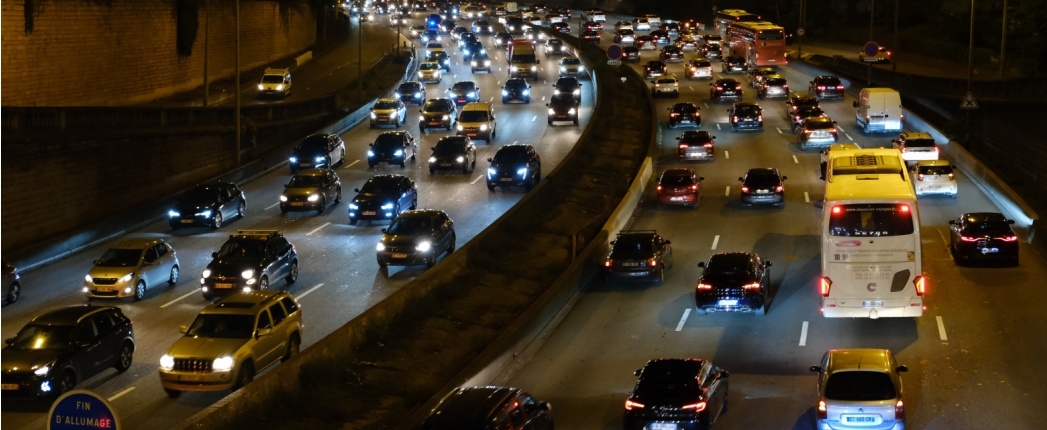
The European Parliament adopted automobile emissions rules that tighten emissions limits for heavy-duty vehicles while leaving them unchanged for light-duty vehicles.
The new Euro 7 standard for light-duty vehicles does require them to comply with emissions limits for a longer period of time – a change that could impact engine oil formulations.
The new rules were agreed to in a recent deal with the European Union Council, and the parliament voted 297-190 to accept them, with 37 abstentions. The EU Council still needs to formally approve the agreement before it can enter into force.
According to an EU Parliament news release, the new standard maintains Euro 6 test conditions and exhaust emissions limits for cars and vans. Emissions limits are being tightened for buses and trucks – as measured both in laboratories and in real driving conditions. Test conditions for heavy-duty vehicles are being maintained specified for Euro VII.
The new standards do add, for the first time, provisions to regulate brake particles emissions for cars and vans and minimum performance requirements for battery durability in electric and hybrid cars.
“We have successfully struck a balance between environmental goals and the vital interests of manufacturers,” Czechia representative Alexandr Vondra said in the EU Parliament news release. “We want to ensure the affordability of new smaller cars with internal combustion engines for domestic customers and at the same time enable the automotive industry to prepare for the expected transformation of the sector. The EU will now also be addressing emissions from brakes and tires and ensuring higher battery durability.”
In adopting the report, the EU Parliament said it is responding to citizen expectations to promote the purchase of electric vehicles complying with good battery life standards, to advance the deployment of digital and electrical infrastructure, and to reduce the EU’s energy dependency on foreign actors, as expressed in several proposals in the conclusions of the Conference on the Future of Europe.
The European Automobile Manufacturers Association, ACEA, lauded the EU Parliament’s vote, saying it cemented Europe’s place as the global pacesetter for emission standards for cars, vans, trucks and buses.
“Today’s Euro 7 vote has put the focus where it matters most – on future-oriented challenges such as vehicle brake emissions for cars and vans and electric vehicle battery requirements,” ACEA Director General Sigrid de Vries stated in a March 13 press release. “But make no mistake: Euro 7 still tightens exhaust emissions and test procedures. In particular, truck and bus manufacturers will face significantly more stringent rules, as they already face an uphill climb to meet rapidly approaching 2030 decarbonization targets in the absence of vital enabling conditions.”
The adopted text proposes stricter limits for exhaust emissions by buses and heavy-duty vehicles, including levels set for real driving emissions. Real Driving Emissions is a test that vehicle manufacturers can use to test the emissions a car produces under real driving conditions, rather than in a laboratory.
Another goal is to provide better information to consumers. An Environmental Vehicle Passport will be made available for each vehicle and contain information on its environmental performance at the moment of registration. The information will include pollutant emission limits, carbon dioxide emissions, fuel and electric energy consumption, electric driving range and battery durability. Vehicle users will also have access to up-to-date information about fuel consumption, battery health, pollutant emissions and other relevant information generated by on-board systems and monitors.
The EU Commission in November 2022 proposed more stringent air pollutant emissions standards for combustion-engine vehicles, regardless of the fuel used. Among current EU emissions limits, Euro 6 emission limits apply to cars and vans, while Euro VI applies to buses, trucks and other heavy-duty vehicles.
According to the EU Commission, Euro 7 by 2035 will reduce nitrogen emissions from cars and bans by 35%, compared to Euro 6, and by 56% for buses and trucks, compared to Euro VI. Particle emissions from cars and vans would decline 13%, and be reduced by 39% from buses and trucks, while emissions of brake particles would drop by 27%.